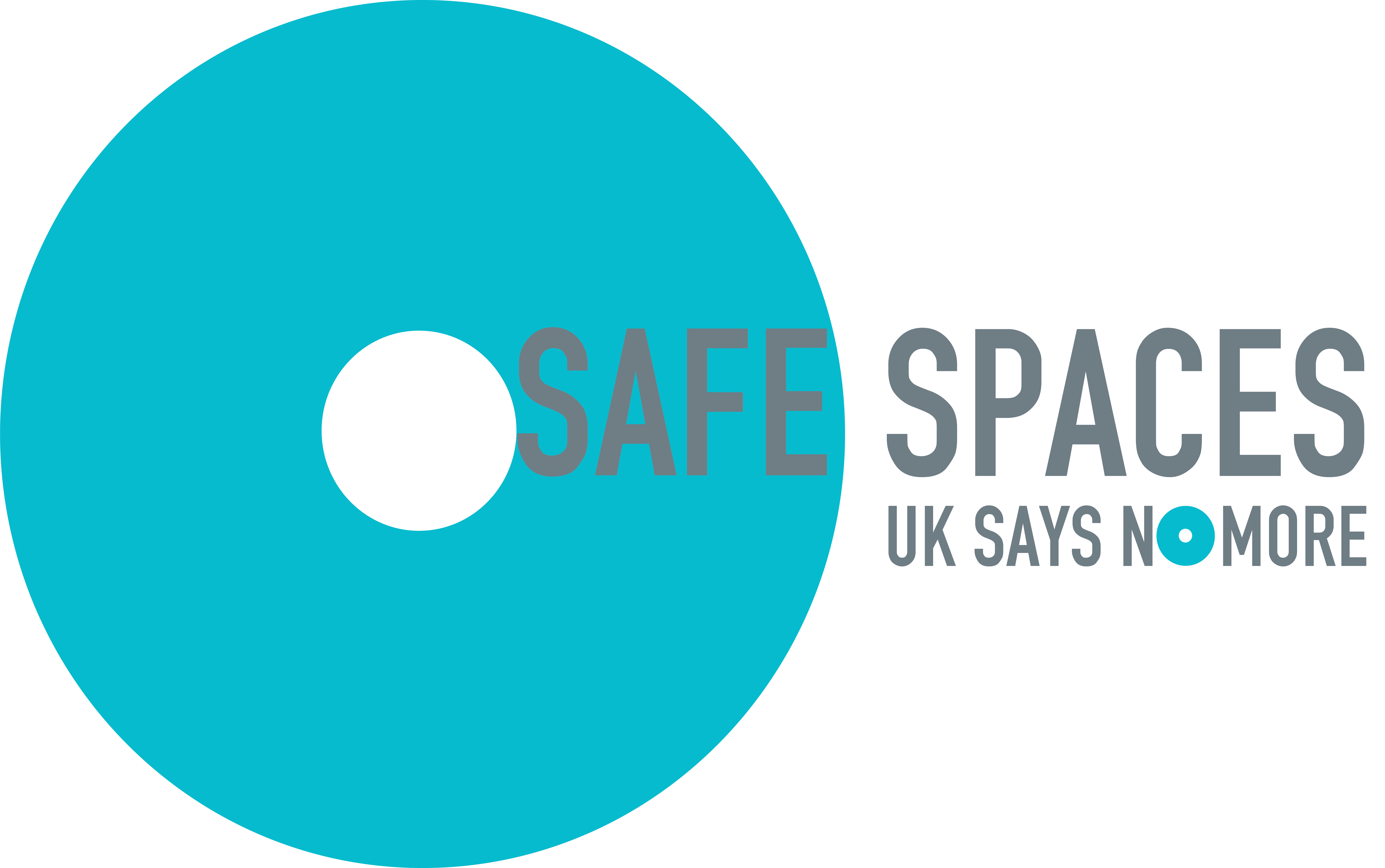It can be argued that if the above points are a true reflection of the interviews taking place then some examination of the quality of that interview process is required and a back to basics approach will bring significant improvements. The above statistics are absolutely reflective of an unstructured, inconsistently applied interview process delivered by managers we have not invested in. Bias will abound and a default to the comfort zone of ‘like me’, ‘not like me’ is inevitable.
Technology and process automation are increasingly seen as a way of widening recruitment reach, reducing bias and improving productivity. It is fair to say that use of talent sourcing tools and social media in particular will definitely reach the passive candidate, but will the process they then enter into continue to engage and assess inclusively?
Talent Relationship Management (TRM) software offers a way of creating and developing long term relationships with potential talent. It can also be used to automate many functions e.g. job posting, CV screening and interview scheduling.
AI and machine learning is becoming more accessible and relevant to many business functions and can compliment aspects of TRM. An example is software packages that speed up the sifting process using text analysis to pick out skills and experience.
Remote working via VPN systems, video conferencing and collaboration tools. All provide wider geographical access to talented candidates and make the hiring process quicker and more cost effective.
Improved HR software platforms now allow employers to create and manage wellness initiatives, coaching programs and self-assessment. They play a part in attracting talent, but when applied properly also influence talent retention.
Diverse and inclusive recruitment
Many of the above technologies can be very effective at reaching a wide range of candidates quickly, while keeping track of progress and outcomes. Equally, all have the potential to increase bias, reduce diversity and restrict the final talent pool if our actual recruiters do not have the right skills and behaviours in place.
Significant impact can be achieved by having an inclusive recruitment process that is consistently applied by all hiring stakeholders in the organisation, barriers can occur at every stage, it is most definitely not as simple as extending our talent pools:
- Stakeholder Engagement – having a diverse team involved from the start brings different viewpoints that help develop a fair, inclusive job description.
- The Job Description: The foundation for the attraction, recruitment and performance management of a diverse talent pool for the organisation. Understanding the impact of unintentional barriers and removing them will maximise its effectiveness.
- Replacing the CV sift with an objective, evidence based approach.
- Proactively planning for and putting in place adjustments as required.
- Use inclusive evidence based interviewing skills that will maintain consistency and eliminate individual and organisational bias. Research shows that evidence based interviews conducted by trained interviewers, are 2.5 times more reliable than unstructured interviews.
- Finally, selecting and managing recruitment partners is just as important. Return on investment can be achieved by making sure your recruitment partners apply these principles when acting on your behalf.
Investing in your hiring manager population has an impact beyond recruitment. The principle of establishing the right criteria, knowing what good looks like and consistently assessing against it translates into performance management, succession planning and the full employee life cycle.
Kate Headley, Director of Consulting at the Clear Company comments, it’s important to remain relevant and innovative, technology enables us to do that and increasingly supports inclusive hiring best practice. However in a people process, people remain the important factor and we cannot underestimate the relevance of providing the right skills and behaviours as well as tools and resources to reduce bias and increase diversity of hire.




